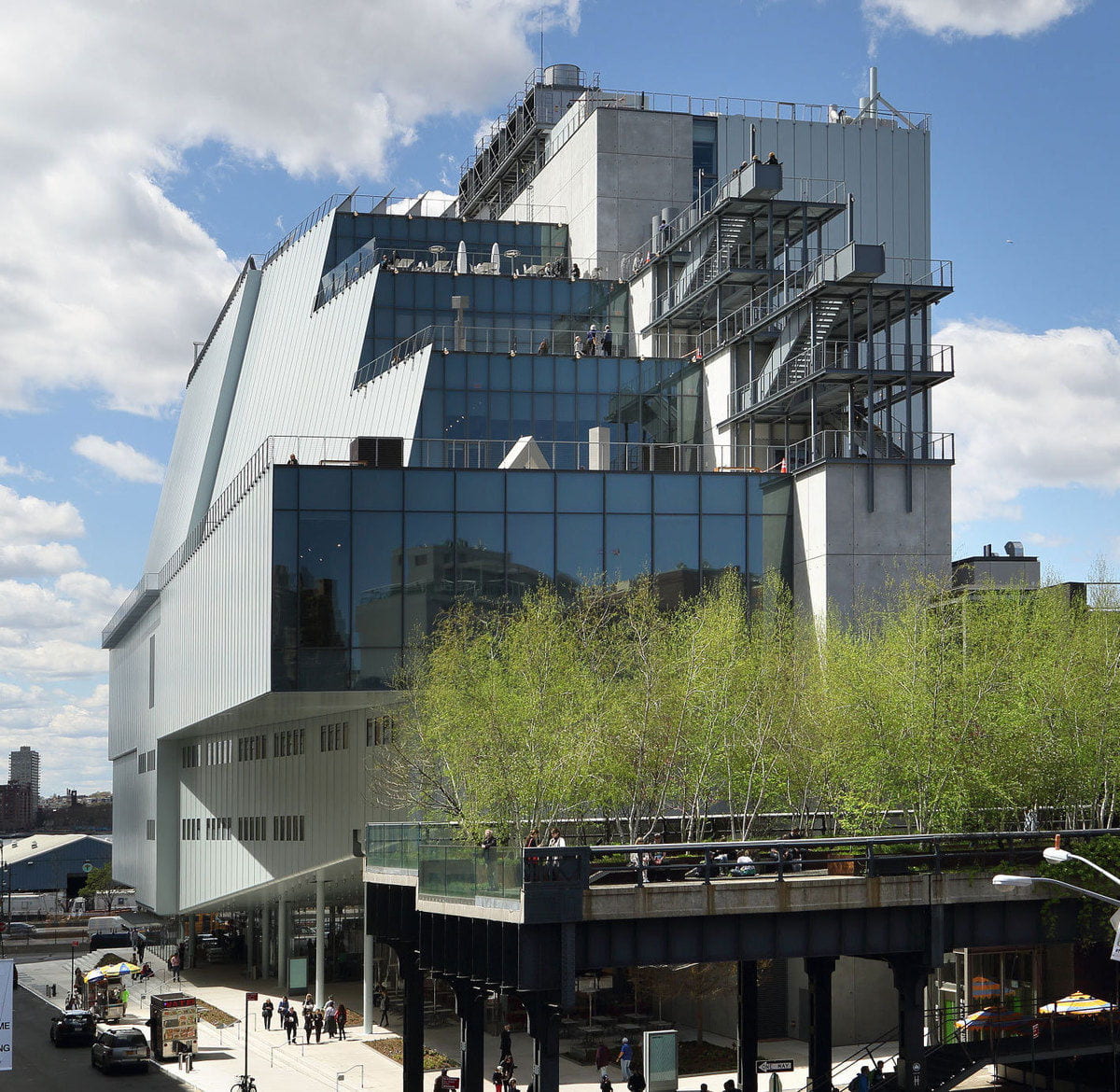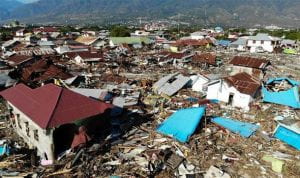The newly designed Whitney Museum of Art in Manhattan is aesthetically beautiful but also technically sophisticated. Its most spectacular feature that shocks people is how it has a custom flood mitigation system, designed as a result of 2012’s Hurricane Sandy when more than five million gallons of water flooded the site. It was designed to resemble a submarine, able to hold floodwater, therefore mitigating disaster through its design. This building pushes designers to completely rethink the infrastructures to be able to cope with natural disasters and climate change. It shows how a structure can be beautiful but also serve a purpose in times of disasters.
This article relates to me personally because coming from Indonesia, I know how bad disasters affect infrastructures. Indonesia is one of the most earthquake-prone areas in the world, yet there are very little training and education about earthquake-resistant design and construction (ERDC)—the design and construction practice that keeps buildings from collapsing during an earthquake. This is the main cause of why such small earthquakes in Indonesia could take lots of people’s lives. The Whitney Museum would be the perfect source of inspiration for buildings in Indonesia to be able to respond to natural disasters better and be designed well so that when earthquakes happen, the damage would not be too vital.
Earthquake in Aceh, Indonesia, 2004

